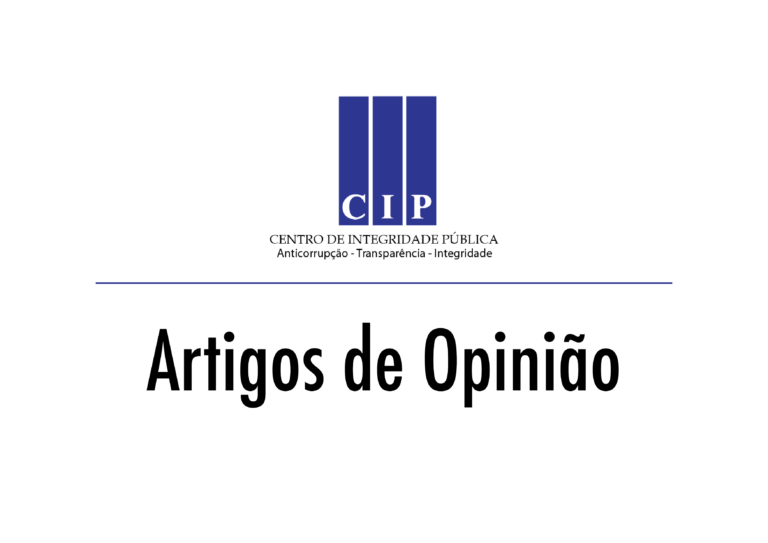
When on April 5, 2016, the Wall Street Journal publicized the scandal that we now call “hidden debts”, in addition to the general disbelief it had on the part of Mozambican society, it was not believed that this case would ever be tried.
As the contours of the case and the political connections of the different parties became known, disbelief grew in a general way.
No wonder. After all, it was the biggest corruption scandal in the history of Mozambique, where a group of Mozambicans who exercised power or had close connections to the circle of power in force at the time of contracting these debts, allied with entrepreneurs based in the Middle East and with access to European bankers, they conspired to fraudulently indebt a nation, leaving the country with a hidden, corrupt and odious debt of $2 billion (as calculated by the Center for Public Integrity (CIP) and the Chr. Michelsen Institute (CMI) , has already cost the Mozambican economy more than US$11 billion).
With all this negative scenario, the CIP was one of the few civil society actors that refused to give up on the case, doing research and advocating so that it, like other cases of corruption the country has experienced, would not die.
Over the past 5 years, CIP has researched, documented and built a unique collection of the case in the different jurisdictions where it is being judicially held. He organized advocacy campaigns, such as the famous I DON'T PAY campaign, which went viral on social networks, pressuring the government to take energetic actions aimed at solving the case. The campaign resulted in threats to the physical integrity of its employees and the police encirclement of its offices. Still, the CIP did not give up.
In these 5 years, the CIP became one of the main sources of information about what was happening with the other actors in this scenario who were not in Mozambique. In real time, and in a simple, innovative and creative way, the CIP reported on the proceedings of the hearings of former Finance Minister Manuel Chang, at the Kempton Park court in Johannesburg. With two mobile phones, a laptop (Borges Nhamire, in Johannesburg, Edson Cortez, in the edition at the CIP offices with the support of Liliana Mangove at the layout and outreach) and a social network, in this case FACEBOOK, showed Mozambicans that information is not only received through traditional circuits and prime time, but can be accessed at any time and time and on your mobile phone. This case required it.
The CIP went to New York and covered Jean Boustani's trial using the same simplicity of reporting and bringing in real time the incidences of what was happening. In Boustani's trial, we innovated by acquiring the documents produced at the court's headquarters, in order to present solid evidence of what was said there. Once again, this boldness had costs for the organization and for all those who were directly involved in this endeavor.
The threats, slander and defamation campaigns during this process were not enough reason for the CIP to deviate from its main objective: to pressure the public authorities, and above all the judiciary, so that this case was not forgotten. And, in order to collaborate with public entities, more specifically with the Attorney General's Office (PGR), the CIP acquired all the documents presented in the judgment of Jean Boustani, sharing them with the PGR, as a way to assist in the investigations.
Hidden debts had devastating effects on the national economy. This was proven in a document that the CIP published on the 27th of May this year, which presents the costs of “hidden debts”, a scandal that from 2016 to 2019 cost the Mozambican economy more than 11 billion US dollars. Part of the defense of lawyers from the Republic of Mozambique in the processes that are currently underway in Switzerland and the United Kingdom, he cited this report as clear and unequivocal proof that Mozambique and Mozambicans were harmed and should be compensated.
Today, August 23, 2021, the CIP remembers its role and contribution to bringing this case to trial, fully aware that it was not the only actor influencing this to happen, but showing that it played a key and determining role for those involved in this case to respond in court.

